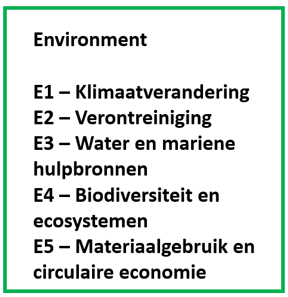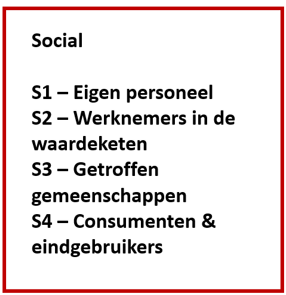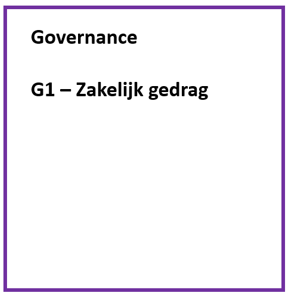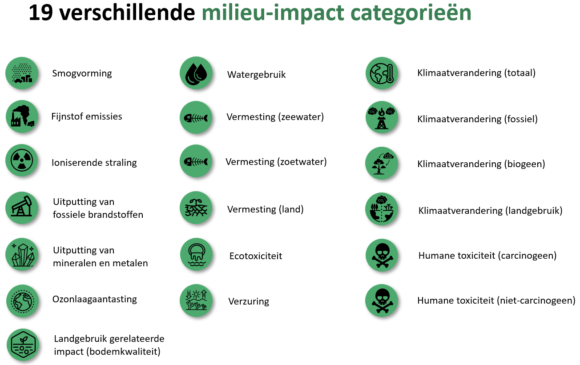CSRD
On July 31, 2023, the CSRD (Corporate Sustainability Reporting Directive) was adopted by the European Commission. The goal of the CSRD is to improve the quality of sustainability information and transparency regarding the environmental and social impact of organizations, thereby facilitating the transition to a future-proof economy in line with the EU Green Deal.
In the coming years, a large group of organizations will be required to report on their environmental and social impact, sustainability policies, and performance. This has significant implications for the reporting organizations, as sustainability reporting will, for the first time, be on par with the financial reporting that organizations are already accustomed to.
In the Netherlands, thousands of organizations will need to prepare a report according to the CSRD. These are organizations that meet at least two of the following three criteria for two consecutive financial years:
- More than 250 employees.
- More than 50 million euros in revenue.
- More than 25 million euros on the balance sheet.
Organizations that fall outside the scope of the CSRD may still experience the effects of the new regulations. Reporting organizations will need to gather sustainability information from their suppliers and other chain partners. As a result, the CSRD will impact the entire supply chain.
Due to the CSRD, the demand for sustainability information will increase significantly, including in the areas of material use and circularity.
The European Sustainability Reporting Standards (ESRS) outline what organizations need to report on, such as climate change, circularity, and their own employees, and how they should report it.
These European standards align with the international ESG reporting framework. There are five standards for environmental goals (Environmental), three standards for social goals (Social), and one standard for the organization’s business conduct (Governance).



Organizations that need to report will have to ensure their data collection and control processes are in order to meet the large amount of required information.
BCI Gebouw assists in filling in data points under E1 and E5.
Specifically, this involves:
E1 Scope 3 Emissions
- Scope 3 emissions in the value chain of building materials; Global Warming Potential (GWP).
E1-7
- Mapping Construction Stored Carbon (CSC), or the stored CO₂ in building materials. This includes calculation assumptions and applied methodology.
E5-4
- The total mass of material usage in projects, with the origin split into new, renewable, recycled, or reused material.
E5-5
- The end-of-life scenario for products and materials, split into reuse, recycling, incineration, or landfill.
Environmental Impact
BCI Gebouw also provides insights into the 19 environmental impact categories. This gives the organization an understanding of the substantial environmental effects occurring in the value chain. Additionally, various strategies can be developed with the help of BCI Gebouw to reduce this environmental impact.

*Environmental Performance Assessment Method for Construction Works according to the European standard EN 15804
The data points from BCI Gebouw form a solid foundation for analyzing impact, risks, and opportunities in business operations, as well as for strategy development on material use and circularity. For example, by reflecting on the reported data points, it indicates what opportunities exist for the organization to improve performance.
Referention: https://www.ser.nl/nl/thema/imvo/wetgeving/eu-duurzaamheidsrapportage